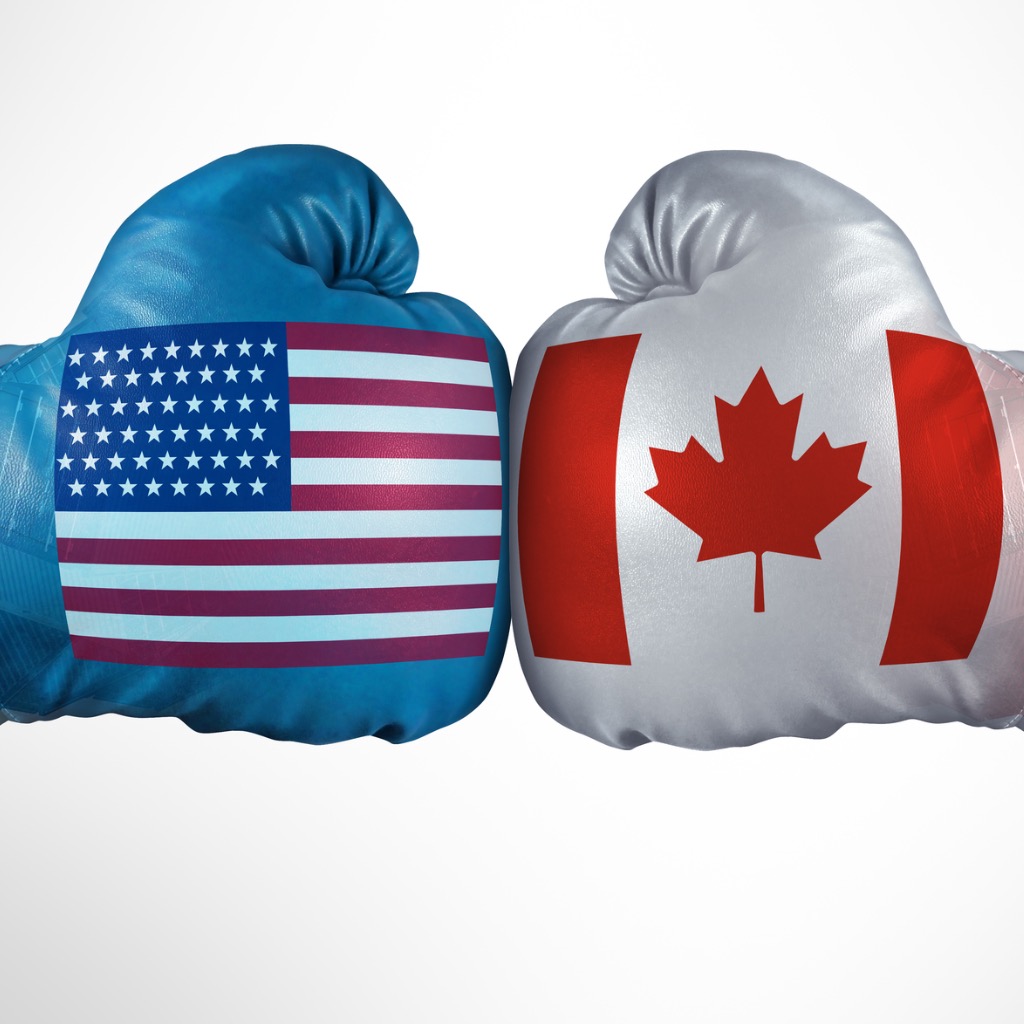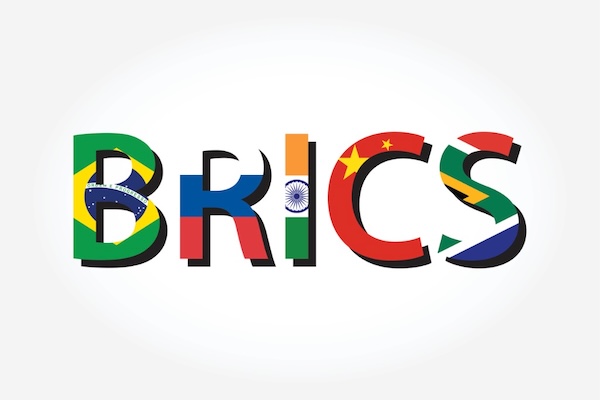
by Laurel J. Delaney
The most import thing to negotiate before closing on an import or export sale is how payment will be made. In this article, I examine factors to consider when choosing a payment method and I provide some options for how to send payments to foreign suppliers with minimal risk.
As I discuss in “Exporting: The Definitive Guide to Selling Abroad Profitably,” many circumstances and priorities will influence your choice of payment method. In the case of an import, a lot will depend on how much you know about financing a sale and how willing your supplier is to accept your terms and conditions. Other factors include:
- Cash flow needs
- Relationship with your supplier
- Economic conditions in the country to which you are importing
- Banking system within the country and whether it accepts online payments
- Interest rates and currency adjustment factors
- Type of product
- Creditworthiness
- Terms your competitors are offering
- Supplier’s demands
- Urgency of the transaction and whether you are under time constraints
Whatever terms of payment you negotiate, you must always (1) make sure they are understood by all parties and (2) sign a document that indicates acceptance, such as a pro forma invoice outlining all your costs. Or it can be as simple as your supplier sending an email describing the product ordered, an itemized listing of charges and sales terms, which you either accept or decline. Once you accept, this prevents some unpleasant surprises later on and reduces your shipment liability exposure.
Typical Payment Scenario—First Order (Small Volume)
Here’s how sending a payment to a foreign supplier might play out. You recently receive a shipment from a Vietnamese supplier comprising of 1,000 face maks embroidered with empowering statements and now it’s time to pay the overseas supplier what you owe them: $3,000. Everything is in order—the masks are made according to specifications and in good quality—so there is no reason not to pay the supplier. Lucky for you, the supplier, in this example, is willing to ship on open account, meaning it expects payment from you within 30 days after receipt of shipment. What are your options? Let’s take a look.
Overseas Supplier Payment Options
The majority of online payments are done with credit or debit cards, and a high penetration of people use PayPal in conjunction with their own banks. That said payment methods could still vary from country to country. Let’s take a look.
One of the simplest ways to pay an overseas vendor is via a bank wire transfer. You can elect to pay for the goods in your own currency (U.S. dollars, for example) or your supplier’s. Inquire with your bank to find out how it is done and what the transaction fee is. A large benefit to this option for your supplier is immediate use of the money. When the speed of handling will make or break the relationship and the transaction is less than $5,000, a bank-to-bank wire transfer is a safe and secure payment option. As the importer, the only drawback is that once you transmit the transfer, you are out the funds (and the protection the supplier will deliver your goods as promised), which only gives you 30 days to sell what you imported to attempt to offset the expense.
If you don’t like the wire transfer route, most U.S. companies offer credit card payment options online because they offer the capability to conduct business throughout the world. Among the credit cards accepted are MasterCard, Visa, American Express, and Discover. All of these work for online transactions, provided the banking system within the country accepts them and they are secure. Many credit card companies charge anywhere from a 1.95% to 3.5% service fee on the total transaction price. If a country does not accept a particular credit card, find a comparable service used by the country to fill in the gaps or reconsider a bank-to-bank wire transfer. The greater the global reach for a card, the easier it will be on you for collecting payments.
Have an aversion to online payments? You can always issue a certified check made payable to your supplier in U.S. dollars, preferably sent by courier. In the age of the Internet, this sounds a little old-fashioned, but it’s relatively easy and works. If you have a good relationship with your banker, you can walk into a local branch office and get it done. Inquire about fees.
Typical Payment Scenario—Second Order (Bigger Volume)
Congratulations! Business is booming. You sold all the face masks in three weeks, far less time than you had anticipated, paid your supplier and made a healthy profit. Now you are ready to place the second order with your overseas supplier. This time, however, you are quadrupling the order quantity (4,000 face masks) because you want to lower your per-unit costs and structure a longer, more flexible payment plan.
In this scenario, I recommend you immediately consult with your banker to see what best payment options are available to you that also work for your supplier. One such option is to make a payment through a letter of credit (L/C), a commercial document that you request from your bank to issue in your supplier’s favor. There are a number of different types of L/Cs—from an irrevocable letter of credit to revocable letter of credit to payment timetable L/Cs where you can extend varying payment terms within your L/C. These can range from demand for payment on sight (when you receive goods, for instance, and based on the bill of sale), to an allowance of up to 180 days before payment is due, which will help you bide time as you sell the products you import at a profit. Opening an L/C takes time and costs a nominal fee, so use it only when orders are sizable and you need time to comfortably pay your supplier.
Another option is to use an escrow service. Refer to this article for information on that option.
I have often said that the best way to hedge against foreign currency fluctuations is to pay vendors around the world in their currency. But if you get in a pinch and need to close on a sale where the supplier calls the shots on the payment currency, you now have other payment options that will allow you to achieve transparency in the transaction, control costs and minimize risks.












 There are more than 8 billion potential customers in the world looking for your product or service. Are you ready to serve them?
There are more than 8 billion potential customers in the world looking for your product or service. Are you ready to serve them?